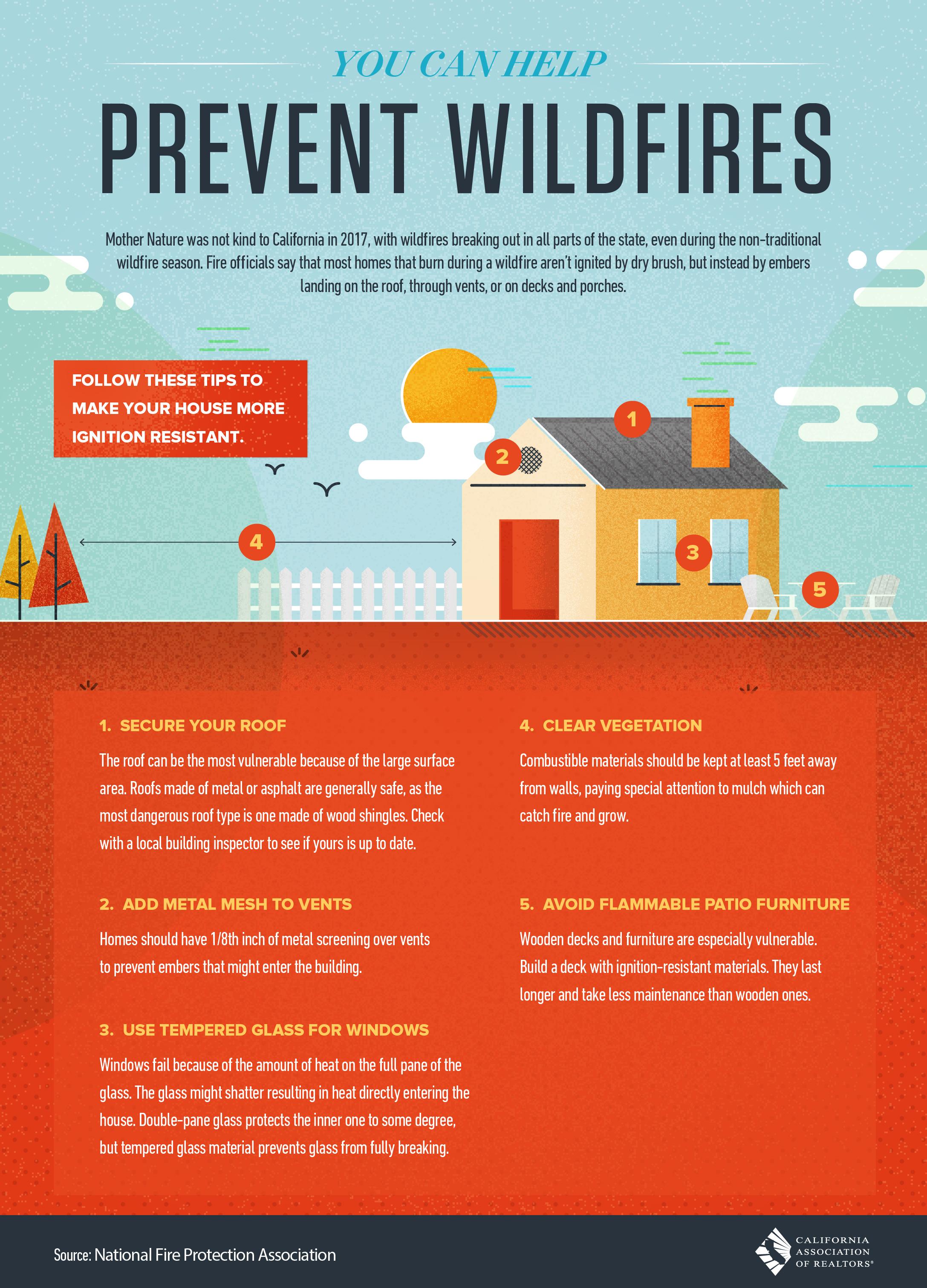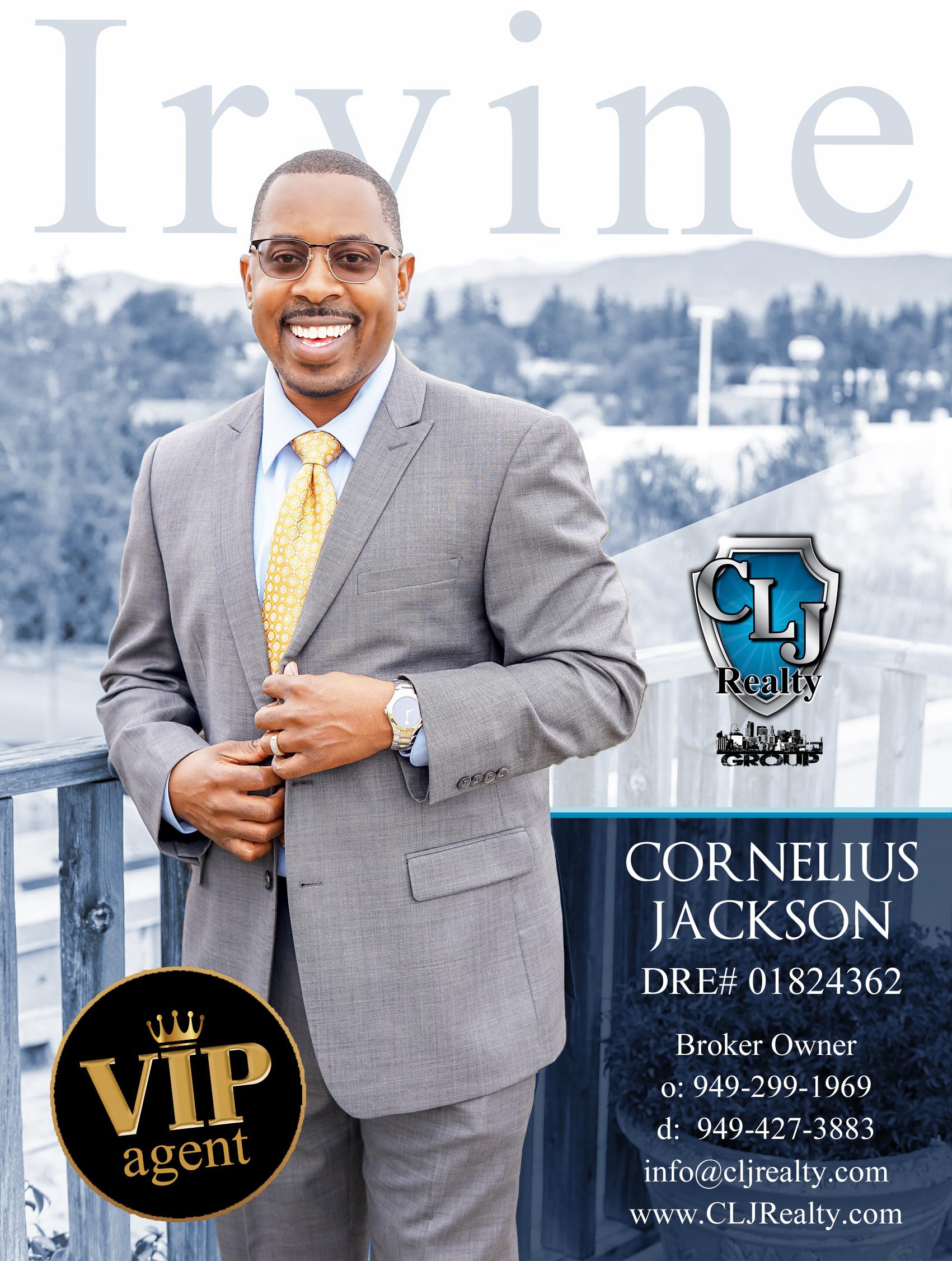
17 minute read
Follow this simple guideline on How

Ameer Elahee
FOLLOW THIS SIMPLE GUIDELINE ON HOW TO ENSURE A STRESSFREE CLOSING
If you’re thinking about closing, it apparent that you’ve walked through all the other hurdles of getting approved for a mortgage, hunting for the right home, and negotiating the best deal. The last thing standing between you and achieving the American dream of homeownership now is the closing, which can be tiresome and tense. But if you plan well and conduct some legwork, your closing can be stress-free. Below are some steps that will guide you to achieve a smooth closing.
1. SET A SUITABLE THE CLOSING DATE.
For your closing to be stress-free, the closing date must be in line with your situation. Talk to your title company to set a closing date that aligns with the end of your lease or the date the sale of your existing home will close. If you don’t want to skip work, set a suitable date and time such as an evening or on a weekend. If you are tight on funds, set your closing on a time when your finances will be available such as on end month. It’s also recommended to ask your title company the form of payment they accept whether cash, bank transfer or by cheque, so as to get the payment ready before the closing day.

2. GET A TITLE INSURANCE.
If you’re using a mortgage, you should acquire a title insurance policy. The title insurance policy is not to protect you but rathe it protects lender in case the seller wasn’t the owner of the home or someone else made a claim on it. To protect yourself, you can acquire an owner’s title policy from the same firm that sold you the title insurance. The owner’s title will protect you against losses from fraudulent claims against your ownership and errors during previous sales. In some cases, sellers initially pay for the owner’s title policy.
3. GET A HOMEOWNER’S INSURANCE.
When looking for a homeowner’s insurance, ensure you compare policies to make sure coverage will start from your closing date. An annual insurance policy should cost between $500 and $1000, depending on factors such as your home size, age, and amenities. For a lower premium, opt for a high deductible or get you policy from the same firm that insures your car. Moreover, if your home is in an area prone to natural disasters such as earthquakes, floods or hurricanes, get a separate insurance to cover your home from those disasters.
4. REVIEW YOUR GOOD FAITH ESTIMATE AND
HUD-1 SETTLEMENT SHEET.
The Good Faith Estimate (GFE) that you received from your lender shows your estimated closing fees. Some of the fees shown on your GFE can’t change while others can rise by up to 10%. Before proceeding to close, compare the numbers on your
GFE and your HUD-1 settlement sheet. In case you notice any increases, consult your loan officer on the matter.
5. CONDUCT A FINAL WALK-THROUGH.
Before the closing date arrives, schedule an appointment to walk through the home one last time. During the walk through, ensure the repairs you requested have been made, look for other major changes since you last viewed the property, ensure the seller left everything as they promised, ensure no unnecessary items were left behind, and ensure all the electronic and appliances are functioning correctly.
If you uncover any problems during the walkthrough, talk to the seller to correct them and reschedule the closing if you have to. If they can’t repair them, negotiate a discount on the sales price toc over the cost of the needed repairs.
When you observe the few simple tips discussed above, you can be sure to have a stress-free closing and your transition to homeownership will be smooth.
Work cited.
https://www.houselogic.com/buy/house-negotiating-closing/7steps-stress-free-home-closing/.
Do you knowPeppermint Ridge?
We provide a community of loving homes and empowering support services for individuals with intellectual and developmental disabilities.
support and encourage our residents to live their We lives and fulfill their dreams by fully embracing their indvidual abilities and interests. With 24-hour specialized care and staffing, we provide comfortable, secure homes and recognize that everyone feels a sense of belonging when they have familiar places in which to spend time with family and friends.


is a true sense of family at Peppermint Ridge. Of the 94 adults who There live at The Ridge, 38 have lived here for more than 20 years, with 10 of those calling The Ridge home for 40 years or more. Residents have the opportunity to flex their muscles of independence while developing rich lives of their own away from their loved ones. About 30% of our residents have no family, so other Ridgers and our staff have become their family.


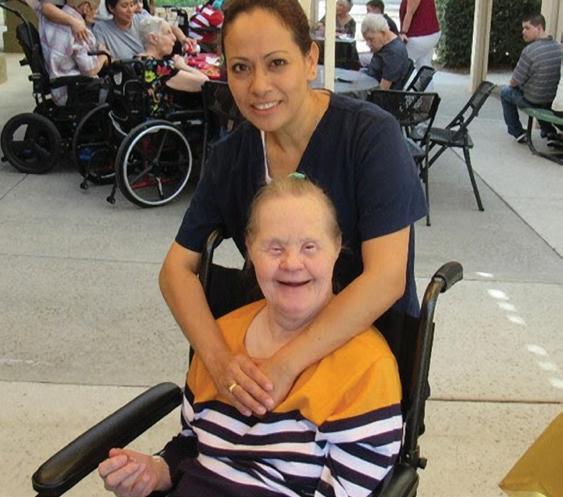
Many caring companies, organizations and individuals in the community enjoy getting to know The Ridge by helping on small projects, hosting fundraisers, lending a hand at events, volunteering in our office, and assisting residents in activities such as arts and crafts, pool days, horseback riding, music and piano lessons, and exercise classes.
825 Magnolia Ave • Corona CA 92879 • 951.273.7320 www.PeppermintRidge.org • Tax ID: 95-2409851
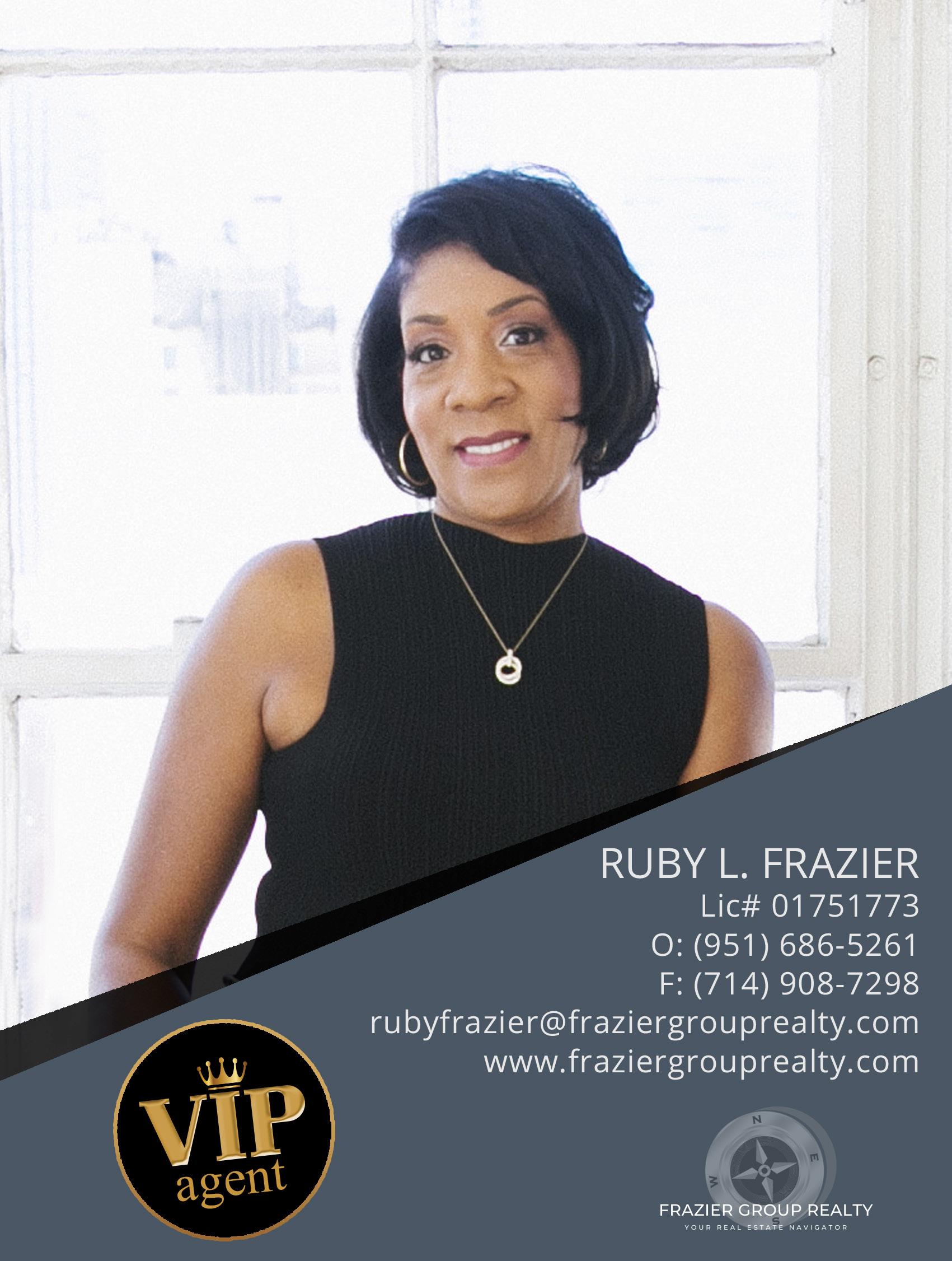

Ruby Frazier
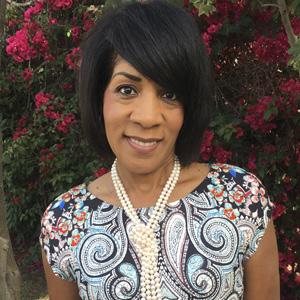
SOMETIMES “NO” ISN’T THE FINAL ANSWER WHEN IT COMES TO GETTING A LOAN. BE PATIENT AND KEEP AT IT!
You want to buy a home, but you do not have the minimum credit score required by lenders. You approach a lender and the answer you get is a bold ‘NO.’ What do you do? Do you give up? Or do you keep pushing hoping one day a door might open for you. Answer that before you proceed reading.
The following is a true story dated August 10, 2016, that was published on Mortgagenewsdaily.com by Ted Rood, a mortgage lender with the Federal Savings Bank and specialized in buyer education. The story is about a couple, Carey and Jan (not their real names for privacy protection) who bought a home with no down payment, and a credit score of 586, and disclosed a hidden old meth lab on the property.
“Jan sounded down when she called me last February. She and her husband Carey were both 100% disabled US veterans, and had endured great hardships during and after their service. They were trying to buy a home for their family using VA financing. Several lenders had already declined their loan, citing their credit scores, some collections/charged off accounts, and a 6-year-old short sale on Carey’s prior home.
Once Jan and I finished our initial conversation, I dove into their credit. Sure enough, Carey’s mid score was 586, just as the lenders said. They told Jan they required scores of 620 to 640 for VA loans, a sizable deficit from Carey’s current score. My bank, however, only required a 600 mid score, which I was optimistic Carey could reach.
We reviewed their credit report, which showed several credit cards with balances exceeding 70% of the credit limits. Since available revolving credit constitutes 30% of credit score criteria, it was likely reducing those balances would boost his score. I ran the report through my credit vendor’s score simulation, which predicted minimal balance reductions would boost his score over 600. Jan started to get excited, but I cautioned her; it wasn’t time to start packing boxes yet.
Carey and Jan paid down three accounts by a total of $400, then got me the prior statements and account activities since the statements. Step one complete, balances where we want them! I submitted the documentation to our credit vendor, who did a rapid rescore with Experian, Equifax, and Transunion (as most credit vendors can). Two days later, we had our answer: Carey’s mid score was now 602!
VA, somewhat surprisingly, does not place minimum score requirements on borrowers. Lenders, however, must document that borrowers’ scenarios fit VA underwriting guidelines. One-way lenders avoid closing loans they fear might default is to add restrictions to VA’s guidelines, including minimum scores of 600, 620, or even 640. Lender requirements added to agency (FHA/Fannie Mae/Freddie Mac/VA/USDA) criteria are called overlays. Those overlays are the reasons one lender might say VA loans require 640 credit scores while another says 600.
In Carey’s case, we now hit the “magic” 600 credit score, but their loan was far from approved. The next step was running it through Desktop Underwriter (DU), an automated underwriting program. I didn’t expect a DU approval, given their credit history/marginal scores, but did hope for the next best thing: a “Refer/Eligible” (R/E). Fortunately, that’s what we got.
Just as lenders can place minimum score requirements on VA loans to limit defaults, many also only accept loans that DU (or the alternate underwriting engine Loan Prospector) approves. The ideal finding is “Approve/Eligible” (A/E). An A/E means DU has approved the loan; the underwriter must only document the items requested (barring any inaccurate, incorrect, or omitted loan details).
The Refer/Eligible approval for Jan and Carey meant their loan MIGHT meet VA guidelines, subject to a complete review by our underwriter, who would then approve or deny the loan (as opposed to DU issuing the approval). This process is called manual underwriting; many lenders don’t offer it, but mine (and others) do. Manual underwriting was Carey and Jan’s best shot at home ownership for some time, since a DU approval would require many months of credit improvements.
Before I submitted their loan to underwriting, I made sure Jan and Carey were
thoroughly prepped. We’d need many letters of explanation. Their debt ratios couldn’t exceed VA’s guidelines of 29% of gross income for housing expense and 41% for total debt ratios (unlike loans with A/E findings). We’d have to pay outstanding collections off, and prove their timely rental payment history. They both agreed: some documentation and effort would be well worth it to achieve their goal of buying a home on acreage near Carey’s family. Leaving their woefully inefficient New England rental home (they were spending nearly $1000/mn on heating costs!) was an added benefit.
Patience is a virtue, and fortunately Jan and Carey, their awesome agent and the home’s seller all realized that. They set realistic time frames for loan commitment and closing. Jan and Carey wrote the numerous letters of explanation. My resourceful processor made sure our underwriter understood all the loan’s details, and the underwriter patiently explained exactly what she needed for loan approval. Jan paid off their collections, and provided canceled rent checks (adding letters from their landlord documenting the months they paid in cash). She was a trooper during the process; it’s critical I point out her cooperation, assistance, and timely responses were huge factors in getting their loan closed.
Our loan was virtually approved by the time we got the appraisal back. Their new home was fairly unique, a very large ranch home on 25 acres, with an adjoining 2 acre parcel included, with a sales price of $318,000. I wondered if there were nearby comparable sales, but the VA appraiser found them; the home’s value met the sales price. It appeared we were home free, until our last challenge popped up.
When the appraiser inspected the home, the seller mentioned (probably thinking he was providing helpful information): “They took out the trailer where that guy got arrested for cooking meth before we bought the extra parcel.” The implications of that statement may merit a future article, but suffice to say they meant considerably more effort by everyone prior to final loan approval. (Hint to home sellers: If your property is likely meth contaminated, don’t forget to list it on the seller’s disclosure)!
By early May, Carey and Jan were in their new home. They returned to the Midwest, and their family has ample room to roam and grow. They haven’t been through a winter there yet, but I’m sure the monthly heating bills will be far less than $1000!
Lenders’ score requirements for VA borrowers vary widely. Many won’t manually underwrite loans. Thankfully, Carey and Jan didn’t give up before we met, and it was a privilege to help them purchase their dream home. If you’re in a similar situation, don’t lose hope if a lender or two says you don’t meet their loan criteria. Ask why not, and if the reason is a lender overlay, rather than a VA guideline, look for a lender without that overlay. Remember, patience is a virtue, Jan and Carey proved that!”
Work cited
http://www.mortgagenewsdaily.com/channels/community/646296.aspx.
KAMALA HARRIS KAMALA HARRIS:
It is official; Kamala Harris is the 49th Vice President of the United States in the Democratic administration of President Joe Biden. She joins history books by becoming the first female, first black, and first South Asian to hold the office of the Vice President of the free nation. Even before stepping out into the limelight,
Kamala was already making headlines as a barrier-breaking prosecutor before being elected to the United States senate.
Kamala Harris, 55, was born and raised in Oakland California. Apart from being a former senator, she is also a former attorney general of California and a former San Francisco district attorney.
The culmination of her historic run with the President-elect Joe Biden first began when she announced her own run at the presidency- on Martin Luther King’s birthday in 2019. Here, Kamala pitched herself as a history-making candidate, venerating Shirley Chisholm, the New
York Congresswoman who also made history by becoming the first woman to seek Democratic Party’s nomination for the presidency. Through the media appearances that Kamala has made, admirers of this icon have learned plenty about her political ideologies, stances, and values. FAMILY AND BACKGROUND
Kamala’s father was Jamaican, a teacher at Stanford University, and her mother was a cancer researcher. She studied political science and economics at Howard University (B.A., 1986). In 1989, she earned her law degree from Hastings College. Between 1990 and 1998, Kamala worked as a deputy district attorney in Oakland where she earned a reputation for being tough. She would go for the hard cases such as gang violence, drug trafficking, and sexual abuse cases. With this, Harris climbed up the ladder becoming the district attorney in 2004. In 2010, Kamala was elected the attorney general of California, an election she won by a very small margin of less than 1 percent. With this victory, Kamala became the first female and first African American to hold an office of that caliber. She has been described as a progressive prosecutor arguing that it is possible to fight crime and also be tough on the deep inequities and inequalities in the criminal justice system. She would later establish her political independence by rejecting pressures from the Obama Administration to settle a nationwide lawsuit against mortgage lenders for unfair practices. In 2012, after pressing California’s case, she won a judgment five times higher than what was originally offered. Her motivation as a prosecutor stems from the belief that she could best change the
KAMALA HARRIS

system from within, a message that would later become the cornerstone of her pitch as a presidential candidate. The voters would entrust her with the responsibility of changing the system because she knew it “from the inside out.”
In 2012, Kamala gave a memorable address at the Democratic National Convention which effectively raised her profile. Two years down the line, Kamala married attorney Douglas Emhoff. Her efforts from the beginning of her career as a prosecutor to finally becoming the California AG caught the eyes of many, especially in her democratic party. Considered a rising star, Barbara Boxer recruited her to run for the U.S. Senate seat. By early 2015, she announced to the public her intentions to run for the Senate seat, and while on the campaign trail, Kamala repeatedly called for immigration and criminal justice reforms, increases in the minimum wage, and protection of women’s reproductive rights. In 2016, she overwhelmingly won the elections.
HER SENATE YEARS
Her election to the chambers was significant as she was the First Black woman there in more than a decade. Her years in the senate positioned her as a firm politician. Though brief, her time as California’s junior senator set her apart and this can be seen from the fierce and intensive interrogation of the Trump Administration officials and nominees, for instance, Brett M. Kavanaugh during his confirmation to the Supreme Court and Attorney general Jeff Sessions during a Senate Intelligence Committee Hearing. More recently, Kamala sought to align herself more with the Democratic Party’s left-wing, initially supporting Senator Bernie Sanders’s “Medicare for all” bill before shifting her position during the presidential campaigns. She was also very vocal in the proposal to raise the federal minimum wage to $15 an hour and also the proposal to revise the country’s bail system.
In a response to the brutality in the police administration, Kamala was very vocal when it came to the issue of racial injustices and defended the racial justice legislation. She supported the motion to overhaul policing and make lynching a federal crime.
PRESIDENTIAL CAMPAIGNS
Ms. Harris announced that she was seeking the Democratic presidential nomination in 2020 and from the very beginning; she was seen as one of the most promising and leading contenders. This was evident especially during the primary debate where she had a contentious exchange with the president-elect, Joe Biden over his opposition to school busing in the 1970s. And even though her support from the beginning was very promising, by September 2019 her campaign was in trouble leading to her withdrawal by December.
It is also important to highlight that her influence, insofar as the campaign trail was concerned was ideological. For example, she was the first candidate to suggest requiring federal preclearance for state abortion restrictions. And despite her withdrawal, she continued to maintain a high profile becoming the leading advocate for social justice reform following the killing of George Floyd. Her position in matters to do with race and police misconduct was heavily criticized by some people who argued that she had the opportunity as the attorney general to investigate police misconduct but she never did. Others felt that her efforts to embrace the reforms in the justice system were nothing but a political maneuver to capitalize on the increasing issue of public popularity of social change.
Over the past year, racial


injustice was a trending topic in the United States and many Democrats called on Joe Biden to select an African American woman as his running mate. Biden chose Kamala and in November, she became the first Black woman to be elected vice president of the United States.
RELATIONSHIP WITH BIDEN
The relationship between Ms. Harris and Biden was a tense one. Remember, during the party’s debates, Kamala attacked Biden on the issue of busing as an issue of integrating public schools. She claimed what Biden did was hurtful, and it was more so paining to hear Biden speak so positively about some segregationist senators.
“There was a little girl in California, who was part of the second class to integrate her public schools, and she was bused to school every day, and that little girl was me.” Kamala. To stave off any doubts about their relationship, Mr. Biden’s campaign released a document about Ms. Harris that included a section that talks about the two politicians partnering, noting that at the time when she was serving as the attorney general of California, Biden’s son, Beau was the attorney general of Delaware.
“The two grew close while fighting to take on the banking industry,” one bullet point read. “Through her friendship with Beau, she got to know Joe Biden.”
Sources;
https://www.nytimes.com/2020/08/11/us/politics/kamala-bio. html https://www.biography.com/news/kamala-harris-facts https://www.britannica.com/biography/Kamala-Harris
